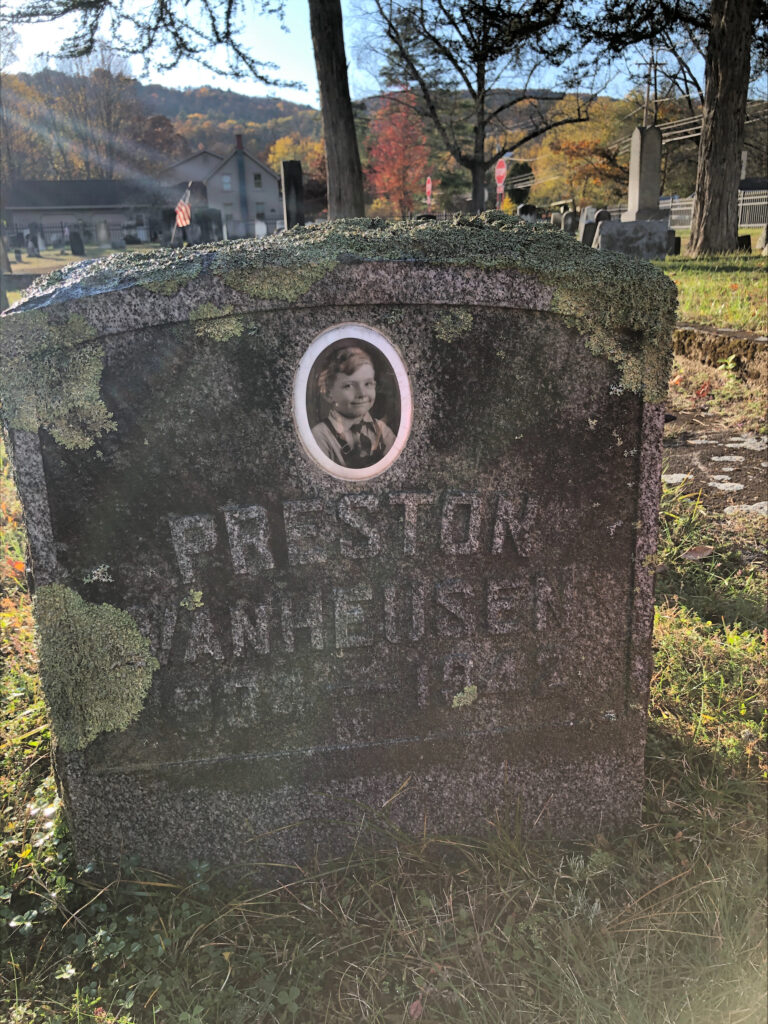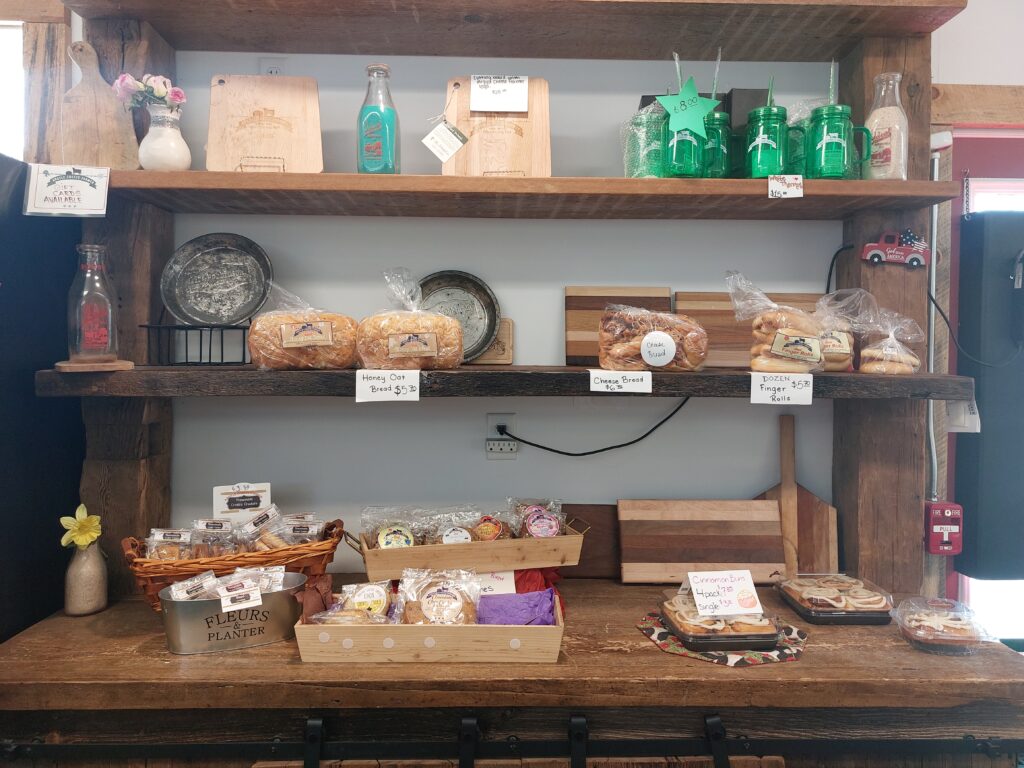Veteran Owned: D. Baldwin Excavating & Trucking

The term “workhorse” has evolved over the years to encompass many things.
For a farmer, it’s their most trusted equine. For the construction industry, it’s their most faithful, sturdy piece of equipment. For locals in and around Mayfield, NY, the man they’re talking about is US Marine Corps veteran Dylan Baldwin.
“I tried working for a lot of different companies and it worked out fine,” said Baldwin, owner of D. Baldwin Excavating & Trucking, “but I just had to be my own boss.”
While he was still in high school, Dylan began working in the excavation business and he never stopped. Today, his business represents the success of his workhorse mindset, consistent efforts, and tireless dedication. The best part? It’s still growing.
As a child, Dylan’s father had an excavation company. However, he discouraged Dylan from doing the same.
“He didn’t want me to do it for myself. He always told me self employment is no way to live,” explained Dylan.
His father knew how hard and endless the workload was, but Dylan knew what he wanted. In high school, he began renting equipment and doing whatever jobs he could find.
“I’d work as much as I could for as cheap as I could and just get any work that came my way,” he said.
Dylan’s uncle was a Sergeant Major for the military and suggested that he go to West Point.
However, Dylan never had much interest in school, wanting to focus his energy into work. He knew though that if he wanted to be self employed he would need to set himself up with health insurance and retirement. In order to prepare for the future, Dylan enrolled in the Marine Corps.
While serving in the Marine Corps, he worked as an airframe mechanic on the C-130, the legendary workhorse cargo plane of the US Military. Due to his experience working with machinery for the excavating business, he quickly earned a good reputation.
“If someone needed something done, they would just send me in because I could figure it out and get it done,” Dylan shared.
While being in the military was extremely time consuming, consisting of long days and hard work, Dylan still worked on his business whenever he could. He was based in Arkansas and one day flew home to get his pickup truck in New York, drove back to Arkansas, and at least once or twice a month made the drive again to work for two to three days before returning to the base.
After finishing his active duty, Dylan was a part of the National Guard, until his contract ended. He then left the military to continue working on his business. He does miss the men and women with whom he served, and carries many good memories, but he knew it was time to move forward.
“I miss a lot of things that went on at base, but for my future success, unfortunately, I had to get out,” he explained.
Because he had been balancing his work and military career all at once, Dylan was used to the long hours and commitment needed to be self employed.
“When I got out, nothing in my life really changed much,” Dylan said.
He continued to slowly grow his business and earned it the reputation that it has today. He has a number of people that work for him, but he is still very involved in every aspect of the business. His team does everything from commercial to residential jobs. They have worked on local businesses, and even ten million dollar homes.
Dylan does most of the trucking himself, transporting materials to his team and making sure everyone knows where to go and is prepared for the job. While he enjoys using the machinery, he is able to multitask by driving the trucks because he can talk to people while he drives. “My phone doesn’t stop ringing. I have to charge it four times a day,” he explained.
Because Dylan handles the business on his own, all the organization falls on him. He makes sure that everything occurs in a timely manner and no job falls behind.
“We put the long hours in for a reason— we have to get stuff done,” he shared.
This is also important because of the unpredictable weather conditions that his team faces working in Upstate New York. By keeping his team ahead of schedule, Dylan is able to send them home, should the weather become too dangerous to work in, without worrying about finishing on time.
While managing the business is far from easy, Dylan finds it very rewarding. “The satisfaction of what the customer sees at the end that’s what makes it worth it,” he shared.
In the future, he hopes to continue growing and see where his business takes him. For now, in his limited down time, Dylan occasionally drives a snowmobile in the winter and a four-wheeler in the summer. But when pressed, this modern workhorse confesses what he really wants to do in his off hours: “go back to work.”






























